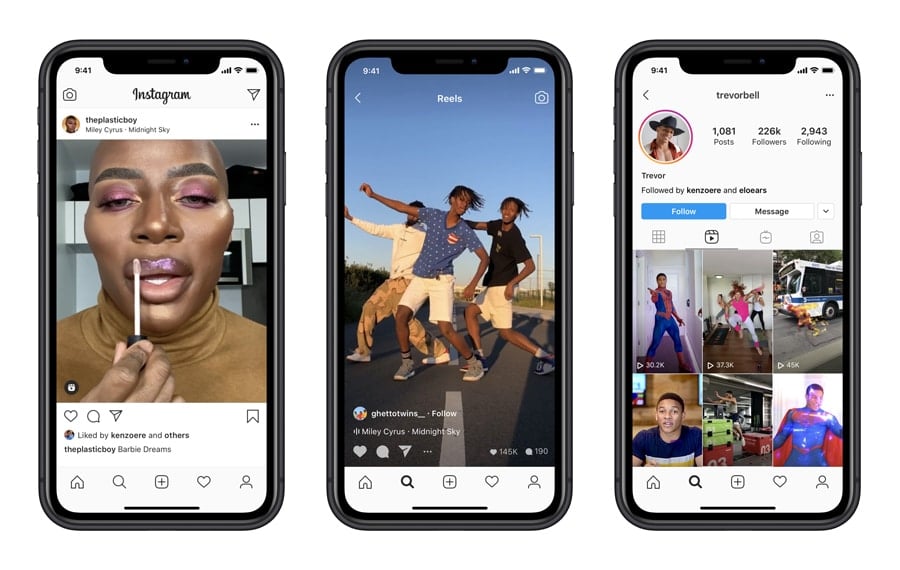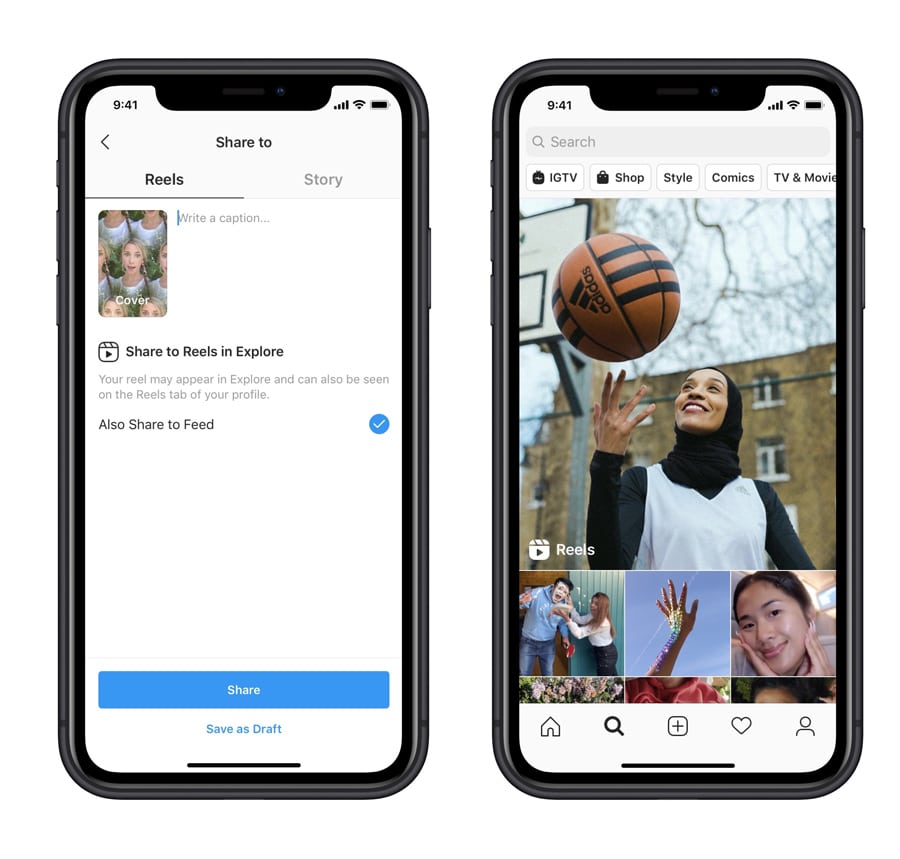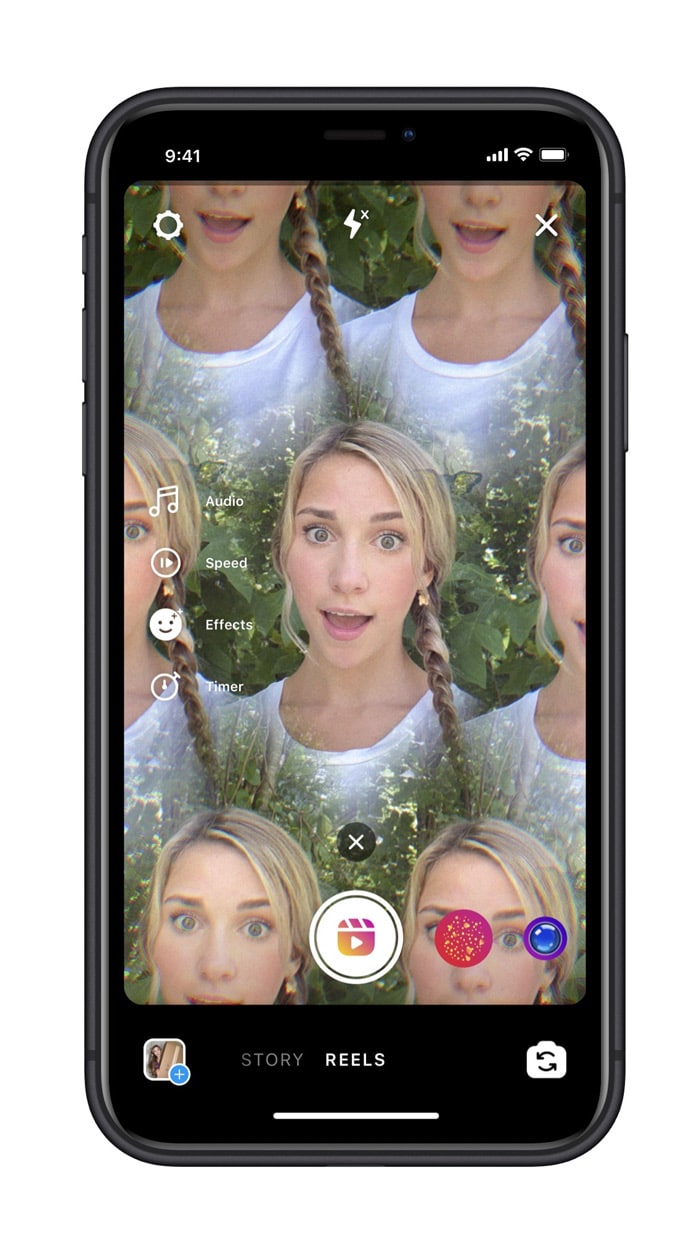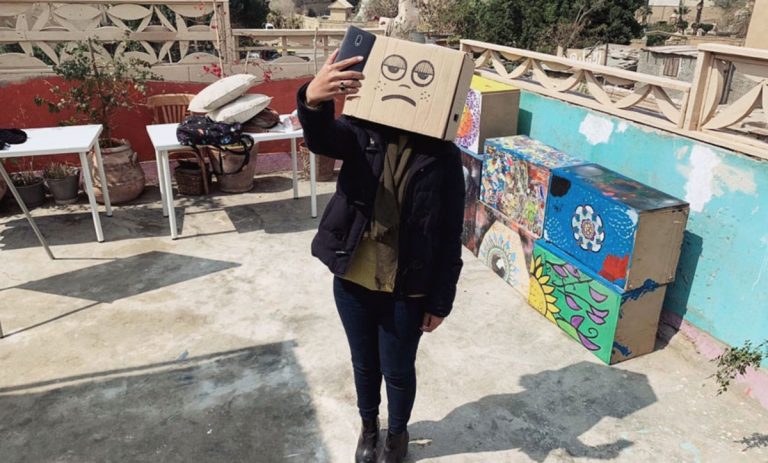Facebook launches Reels on Instagram in move to replace TikTok
As TikTok’s future becomes more and more uncertain, especially in the US, after Trump announced a ban against the video-sharing app and Microsoft showed interest in buying it, other social media giants are starting to launch their own TikTok copycats. Unsurprisingly, Facebook is among them. Yesterday, on 5 August, Instagram, which is owned by Facebook, launched its new TikTok competitor called Reels in more than 50 countries including the US, the UK, Japan, and Australia. Available on both iOS and Android, what differentiates Reels from TikTok, and could it really replace the Chinese-owned app?

What can you do on Instagram Reels?
Just like TikTok, Reels lets Instagram users create short-form videos set to music, which can then be shared with friends and followers or discovered while browsing the app. Reels lives entirely inside of Instagram—it’s not a new app. It is Instagram’s latest opportunity to bring in new users, increase the amount of time people spend on the app and establish itself as the new TikTok.
Reels allows you to record videos up to 15 seconds long and add music on top it as well as an array of filters and effects. For many content creators and influencers, Reels could well be a new way to build a following. Along with the new feature’s launch, Instagram has also updated its Explore page in order to create a specific landing spot for Reels at the top of the screen. Users can then vertically scroll through the different Reels posted by others in a very similar way to TikTok’s ‘For You Page’.
On Reels, videos can be shared both in private and public mode. Users who only want to share their videos with friends can post them from a private account on their feed and Instagram Stories. On the contrary, if you want to become the new version of TikTok’s collab houses members, then you will definitely want to share your Reels on a public profile to allow them to be easily discovered by other users.

How to use Instagram Reels
Open your Instagram app in order to make a ‘Reel’. Slide to a new section of the camera, which now comes with a brand new assortment of tools. Reels can be recorded either all at once or as a series of clips, just like on TikTok. Users can also upload videos from their photo gallery.
The camera’s new features are pretty similar to TikTok’s. Users can play with the speed of their footage, apply crazy effects, pick a song or audio to put on top and use face filters.

For now, people are not able to ‘duet’ with each other on Reels—a TikTok feature that lets people interact with and remix videos. Instagram also won’t allow people to upload songs directly into the app’s system, which means that musicians looking to use the app as a place to make a song go viral can’t upload it directly.
Is Reels just a new copy of TikTok?
Speaking to The Verge, Instagram’s product director Robby Stein explained that even though TikTok popularised the short video format, the two products are different. “I think TikTok deserves a ton of credit for popularizing formats in this space, and it’s just great work. But at the end of the day, no two products are exactly alike, and ours are not either.”
Let’s be honest here, Reels is very similar to TikTok, just like Instagram Stories were very similar to Snapchat Stories. What seems to make this blatant copying acceptable is that, in the end, Instagram’s features always end up being more successful than what it initially copied. Yes, TikTok was the first app to make lip-syncing and dance videos cool, but Instagram will probably do it even better.
Unlike TikTok and other copycats such as Triller, Instagram Reels is just another feature for Instagram users to play with. Whether Reels will become our number one favourite video-sharing platform remains unsure but what we’re definitely planning to get on it and find out for ourselves. And, even if you’re not up for it right now, we’re sure we’ll see you on there in less than a month.






